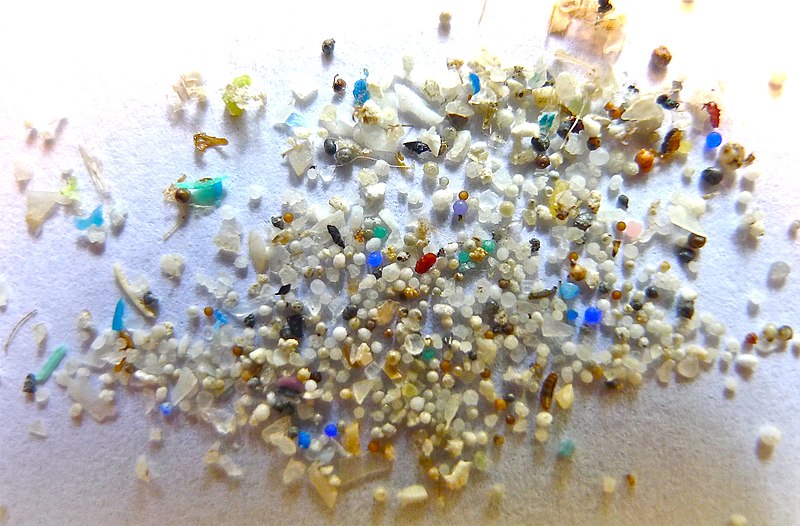Microplastic Pollution: A Growing Concern
The growing problem of microplastic pollution is becoming a major environmental concern. Scientists at Ohio State University have made a breakthrough in materials science by developing a novel method to significantly strengthen polyvinyl chloride (PVC) products. This method enhances the durability of PVC and reduces its tendency to release harmful microplastics.
PVC, the third most widely used plastic globally, is found in products such as toys and medical packaging. However, in its pure form, PVC is brittle and heat-sensitive, requiring chemical additives, known as plasticizers, to stabilize it.
The Downside of Plasticizers
These plasticizers offer only a temporary solution. Over time, they leach out, causing the plastic to degrade into harmful organic compounds and microplastics. Researchers at Ohio State University have discovered that using electricity to permanently bond these additives can prevent such degradation.
By modifying PVC molecules in this way, scientists enhance their durability and resistance to chemical changes, resulting in stronger, more resilient materials. This increased durability not only extends the lifespan of PVC products but also significantly reduces microplastic shedding.
Addressing Recycling Challenges
In addition, the new method addresses recycling challenges associated with PVC. Traditional recycling methods involve high temperatures that can further degrade the material, complicating the recycling process.
Overall, the work by Ohio State University researchers marks a promising step toward creating more sustainable and durable PVC products. As they continue to refine their technique, we can expect to see even more innovative applications in the future.







